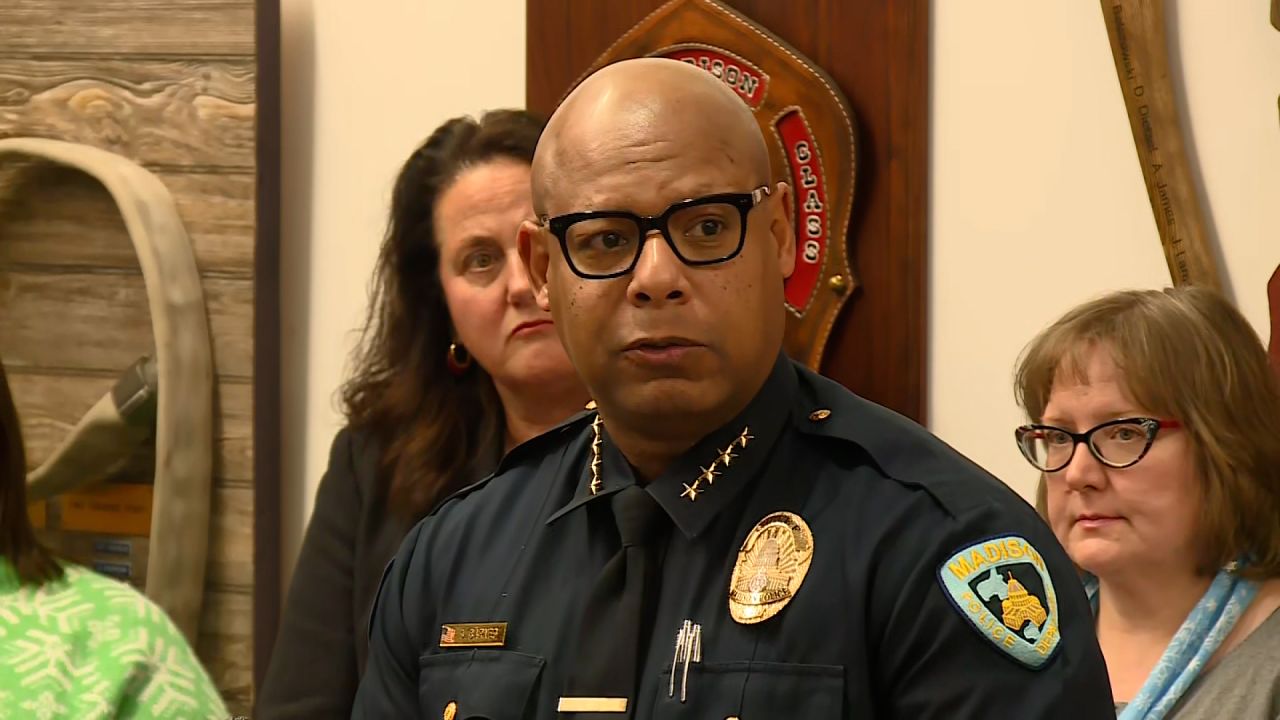On Monday, December 2024, a shooting took place at a school in Madison, Wisconsin, which quickly sparked widespread misinformation about the shooter’s identity. Only 38 minutes after the teacher called 911, the first false claim appeared on X (formerly Twitter), stating “Taking bets on another trans shooter.” While the post initially gained little attention, it set the stage for further misleading rumors about the shooter’s gender identity.
Within an hour, conspiracy theorist Alex Jones, known for spreading false claims after mass shootings, made a post predicting that the shooter would likely be transgender or involved in gang-related activities. His post quickly gained traction, reaching over 282,000 views within a day.
Jones’s speculation was part of a broader trend among conservative internet communities, where people often attempt to link mass shootings to transgender individuals, even without evidence. A minute after Jones’s post, conservative website Townhall shared a clip of Madison Police Chief Shon Barnes, who stated he didn’t know the shooter’s gender during a news conference.
The clip, which lacked context, was quickly circulated by dozens of X users who speculated that the shooter was transgender. As more accounts joined the speculation, the video’s views ballooned, reaching over 1.5 million views. For hours, conservative voices amplified the false narrative about the shooter’s gender.
Eventually, law enforcement identified the shooter as a 15-year-old girl, with no evidence suggesting she was transgender. At a later press conference, Chief Barnes addressed the rumors, stating he didn’t know the shooter’s gender identity and believed it was irrelevant to the crime. He urged people to avoid letting personal biases influence their understanding of the situation.
Despite this clarification, certain accounts continued to spread the speculation, claiming that Barnes’s uncertainty was evidence of a transgender connection. Alex Jones and other influential accounts did not respond to requests for comment on the matter.
The false speculation about the shooter’s gender reflects a recurring pattern in the aftermath of mass shootings, where people, especially on the right-wing internet, try to connect crimes to transgender individuals. LGBTQ advocates argue that these claims contribute to irrational fear and distract from meaningful discussions about gun violence.
This trend has played out in similar cases in recent years, including mass shootings in Houston, Philadelphia, and Uvalde. According to the Gun Violence Archive, only a tiny fraction (0.11%) of mass shooting suspects over the past decade were transgender, a statistic that challenges the narrative being spread by some social media users.

Despite this, some public figures, including former Rep. Matt Gaetz, added to the false narrative by suggesting that “trans control” should be considered as a response to the shooting instead of gun control. This prompted a response from Rep. Mark Pocan, who criticized Gaetz’s rhetoric.
Experts in criminology emphasize that there is no evidence to support the idea that transgender people are more prone to violent crime than cisgender individuals. A study in Sweden showed mixed results, but its authors cautioned against drawing conclusions linking transgender status to increased crime, suggesting other factors like substance abuse or socioeconomic stress could play a role.
Transgender individuals are disproportionately the victims of crime, not the perpetrators. A study published in the American Journal of Public Health found that trans people are four times more likely to be victims of crime than others.
LGBTQ advocates, like GLAAD President Sarah Kate Ellis, denounced the speculation as a “smokescreen” designed to distract from discussions about reducing gun violence, which remains the leading cause of death for children. Ellis argued that extremists use these tragic events to promote harmful rhetoric about marginalized communities, further fueling discrimination and division.
In this particular case, the shooter, identified as Natalie Rupnow (who went by Samantha), died from an apparent self-inflicted gunshot wound. The focus on her gender identity ultimately overshadowed attempts to understand her motives, which remained unclear. Many of the accounts spreading false claims about Rupnow’s gender had a history of anti-trans rhetoric.
Platforms like X, which allow for minimal content moderation, particularly around issues concerning transgender people, amplified the spread of these false claims. Some of the speculation also occurred on Instagram, where a post falsely labeling the shooter as transgender received significant engagement.
The misinformation about Rupnow’s gender was fueled by multiple factors, including the spread of recycled images and unverified claims. For example, a decade-old image of comedian Sam Hyde with a rifle was circulated, as part of an ongoing pattern of linking such images to alleged transgender shooters.
Some users on X also pointed to ambiguous social media posts and unconfirmed reports from alleged classmates to make their case. Eventually, one post claiming that Rupnow was transgender and “on testosterone” went viral, reaching 3.2 million views, although it was later debunked by community fact-checking tools. However, the vast majority of these posts went unchecked and contributed to the spread of misinformation.


